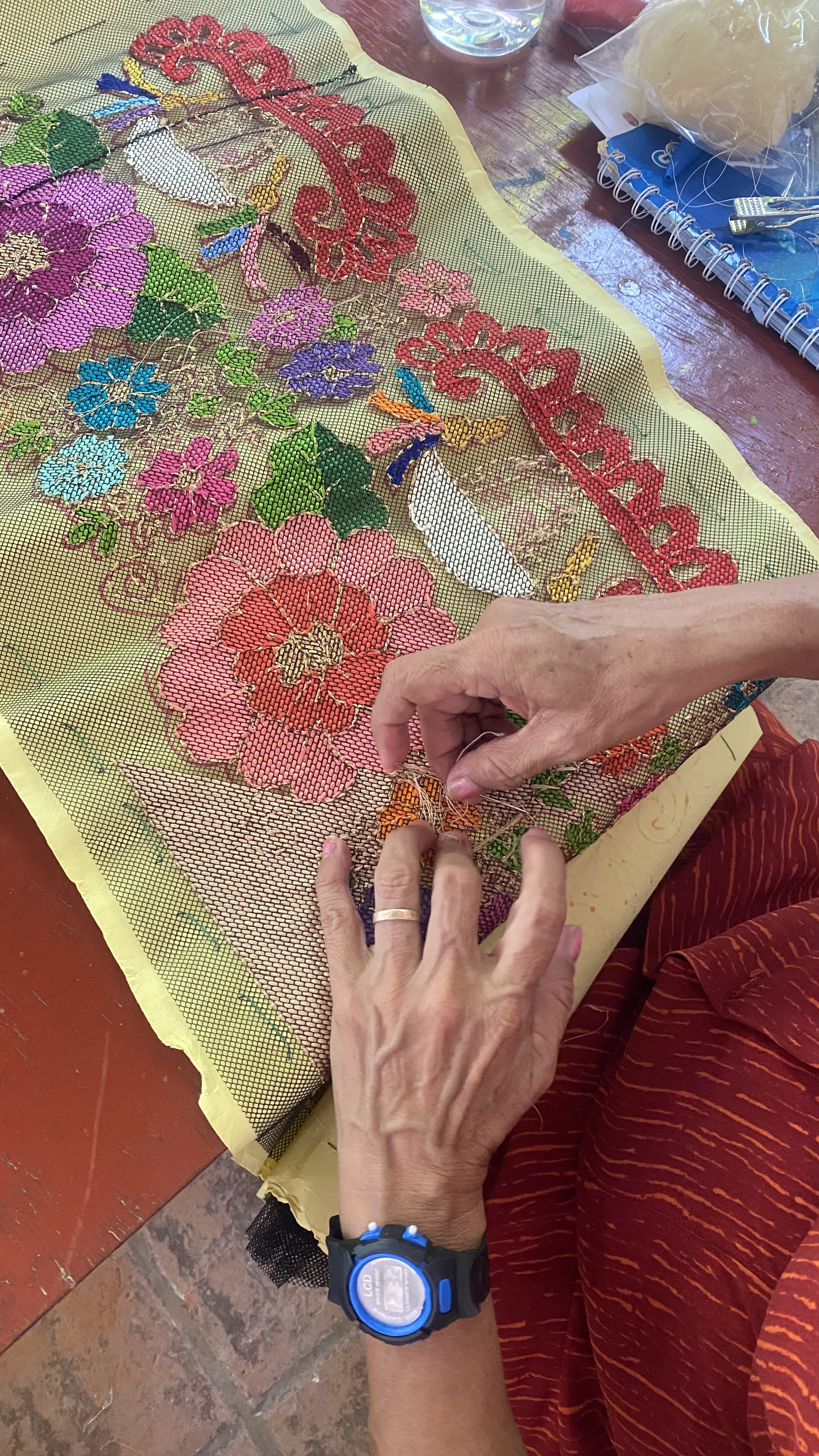House School of Traditions
Where ancestral art inspires new generations.

In an increasingly fast-paced and digitalized world, traditional artisanal techniques are at risk of disappearing. These practices are not just forms of manual labor; they are a living legacy that connects generations, conveys cultural identity, and keeps the memory of communities alive.
Preserving these crafts — such as wood carving, embroidery, ceramics, or lacquer work — is vital to maintaining our roots. But even more important is passing these skills on to new generations, especially children and young people. They hold the potential not only to ensure these artistic expressions survive but also to allow them to evolve without losing their essence.
This is the main goal of La Casa Escuela Tradiciones in Chiapa de Corzo, which currently has more than 300 students of various ages enrolled in its different workshops.
The Casa Escuela de Tradiciones is part of the Centro Cultural Ex Convento de Santo Domingo, an architectural complex dating from the 16th to 19th centuries, which was mainly restored between 1999 and 2002. As both a cultural center and educational space, it is part of CONECULTA — the State Council for Cultures and the Arts of Chiapas.
Its mission is to preserve, promote, and teach the region’s traditional artisanal crafts — such as Chiapanecan lacquerware, wood carving, and embroidery (counted-thread and petatillo styles) — especially to children, youth, and adults.
Ceramics, painting, dance, marimba, theater, literature, and calligraphy are among the many arts you can learn here.
During the Fiesta Grande in January, crafts related to the celebration are also made: braids, chinchines, chalinas, and other elements used by the parachicos.
Today, it is a vibrant center for cultural learning.
At the Casa Escuela de Tradiciones, they believe that preserving heritage is not just about restoring objects — it’s about shaping people. That’s why they support workshops, artist residencies, and educational programs where young people learn directly from master artisans with decades of experience.
Traditional art is not a nostalgic remnant of the past; it is a tool for transformation in the present and the future.